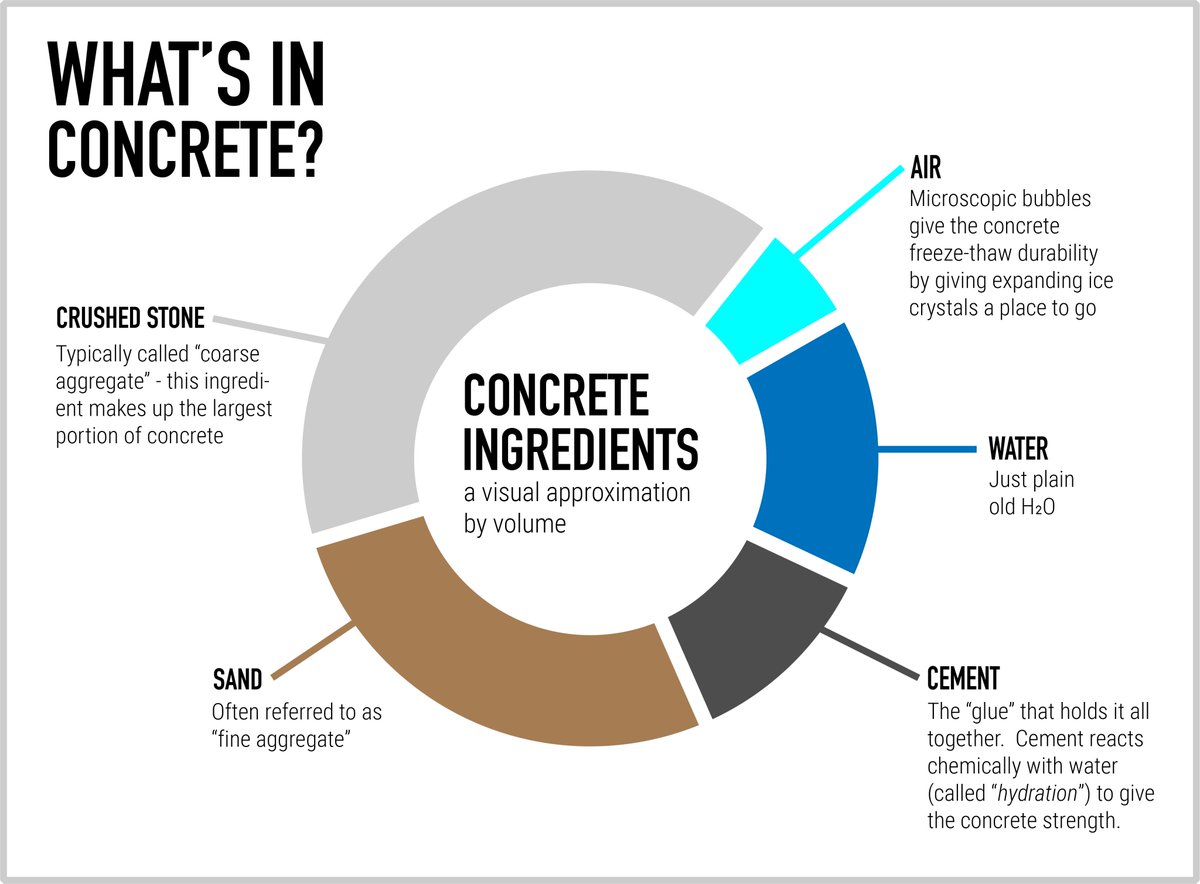Welcome back to Civil Engineering & Architecture! Last semester we focused on the ideas of designing residential houses and following the appropriate building codes to make sure everything is accessible and well-designed. This semester we turn our attention to larger commercial buildings. With larger buildings open to the public however, the regulations on building safety and design get more strict and we need to consider some of the challenges of structural engineering. In this unit we’ll look at:
- How structural engineers calculate beam strength, beam loads, and load paths.
- How structural engineers create and test concrete for buildings
- How structural engineers test soil for different properties
This unit has a lot of hands on data collection activities, and some of them can take quite a bit of time – so make the most of your work time here and we’ll get started!
Beam Design
The first part of our unit has us look at some of the most important math that structural engineers need to be able to do: beam analysis & load path tracing. Beam analysis is the process of figuring out how structural beams (like the big steel ones holding up our classroom roof above you) can hold weight, how much weight they can hold, and how that weight is distributed across the beam itself. In doing beam analysis you’ll draw some simple pictures (and do some basic division) to determine how the beam supports weight.
After that, we look to calculating loads and load paths throughout a larger-scale structure or building. Here we’ll be able to see how a grid of beams and supports can hold up a whole building!
GRADING & PROCESS
![]() Take a full page of notes on the three Beam videos – Design, Analysis, and Equations. Focus mostly on the pictures, and don’t stress too much about the equations (I promise!)
Take a full page of notes on the three Beam videos – Design, Analysis, and Equations. Focus mostly on the pictures, and don’t stress too much about the equations (I promise!)
![]() Complete the Beam Analysis Assignment
Complete the Beam Analysis Assignment
![]() Take a full page of notes on the Loads & Load Paths video – watch it carefully, focusing mostly on the way that we can trace the amount of weight on each beam and column through a larger building.
Take a full page of notes on the Loads & Load Paths video – watch it carefully, focusing mostly on the way that we can trace the amount of weight on each beam and column through a larger building.
![]() Complete the Loads Assignment
Complete the Loads Assignment
![]() Have Mr. Benshoof confirm your completed assignments!
Have Mr. Benshoof confirm your completed assignments!
Beam Analysis
Beam Formulas
Loads & Paths

What’s In Concrete?
The second part of our unit is all about the details of concrete! Large scale commercial buildings usually have stricter requirements and codes they need to follow than residential buildings. Accordingly, engineers need stronger materials to build with and that’s where concrete comes into play. Here in part 2 we’ll learn about what makes concrete so great, how it’s made, and what kinds of testing can be done to make sure that the concrete we build with is getting appropriately strong.
GRADING & PROCESS
![]() Take a full page of notes on what concrete is and how it’s used.
Take a full page of notes on what concrete is and how it’s used.
![]() Take another full page of notes on concrete testing procedures! (We’ll get to actually DO one of them).
Take another full page of notes on concrete testing procedures! (We’ll get to actually DO one of them).
![]() Make a plan for your own concrete mix design, and add your plan to the class spreadsheet!
Make a plan for your own concrete mix design, and add your plan to the class spreadsheet!
![]() Mix your concrete and create your 2 test cylinders
Mix your concrete and create your 2 test cylinders
![]() Test/Break your cylinders with the group on our mini-field trip
Test/Break your cylinders with the group on our mini-field trip
Slump Testing
Concrete Basics
Air Content Testing
What It's Made Of
Making Test Cylinders
The final part of our unit looks at a branch of structural engineering called “Geotechnical Engineering”. Structural engineers need to work with civil engineers to make sure that the ground they are building on is stable and strong enough to hold up a building. A big part of this is understanding the soil that they are trying to build on. Here in this part of the unit, we’ll see three ways that civil and geotechnical engineers investigate the soil they are trying to build on!
GRADING & PROCESS
![]() Take a full page of notes on the ASTM process, WHAT the three different tests are, and HOW each of those tests is completed. Make a step-by-step procedure for yourself!
Take a full page of notes on the ASTM process, WHAT the three different tests are, and HOW each of those tests is completed. Make a step-by-step procedure for yourself!
![]() Complete the 2 Sieve Analyses on the two soil samples we have to test.
Complete the 2 Sieve Analyses on the two soil samples we have to test.
![]() Complete the 2 Hydrometer Analyses on the two soil samples we have to test.
Complete the 2 Hydrometer Analyses on the two soil samples we have to test.
![]() Complete the 2 Atterberg Limit Analyses on the two samples we have to test.
Complete the 2 Atterberg Limit Analyses on the two samples we have to test.
What IS a Sieve Analysis?
What IS a Hydrometer?
The Sieve Analysis
The Hydrometer
The Atterberg Limits
Part 1 Resources
Part 2 Resources